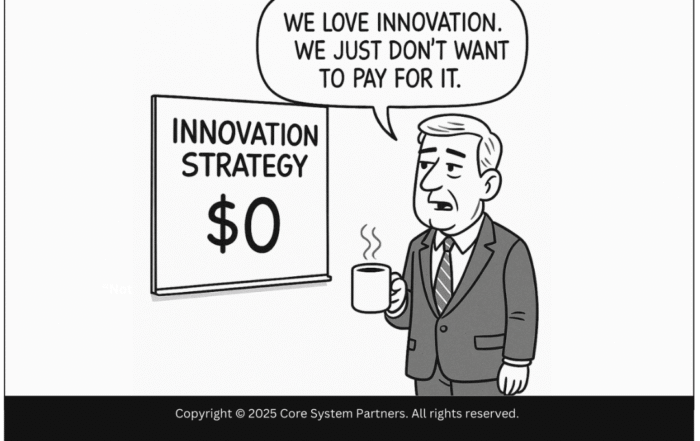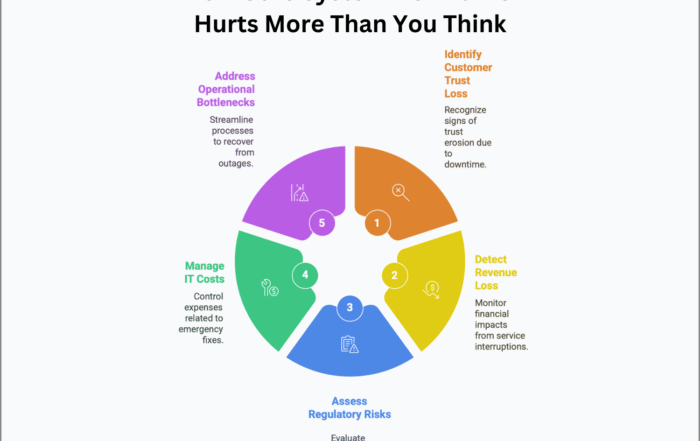
Unlocking the full potential of modern core banking: Transforming decision-making and operations with data-driven analytics.
Embarking on a core banking transformation is not just about implementing new technology platforms; it’s about harnessing the power of data and analytics to drive business growth and make better decisions. While legacy core banking systems generate vast amounts of data, they often lack the analytical capabilities to uncover valuable insights from that data. Modern core platforms, on the other hand, come equipped with embedded analytics and machine learning tools that can unlock hidden opportunities within the data.
However, technology alone is not enough to fully optimize data and analytics. To truly harness the potential of data-driven decision-making, banks must foster a culture of data-readiness and develop a strategic approach to applying analytics across their operations.
At our company, we guide clients through a multi-pronged strategy to activate data-driven decision-making organization-wide. Here’s how it works:
1. Overcoming Analysis Paralysis
Many banks suffer from analysis paralysis, where data overload hinders decision-making instead of empowering it. Our solution involves consolidating disparate data into a centralized data lake via core system APIs, creating a single source of truth and eliminating fragmented reporting. Additionally, we build business-friendly analytics dashboards tailored to decision-makers’ key questions, ensuring that data insights are consumable and actionable for teams beyond just data scientists.
2. Embedding Insights into Operations
The next phase involves embedding actionable analytics into daily workflows. We focus on use cases such as portfolio monitoring dashboards for loan oversight, real-time alerts on transaction anomalies to prompt investigations, ATM utilization analysis for optimizing cash loading and maintenance, and customer lifetime value models to target high-potential segments. By integrating analytics into core processes at the frontline level, we drive adoption and business impact.
3. Uncovering High-Value Use Cases
We also mine data to address strategic questions, such as identifying customer segments with the greatest cross-sell potential, determining which branches would benefit most from expanded product offerings, pinpointing service issues and pain points that contribute most to customer attrition, and identifying markets and segments to target for growth initiatives. Analytics reveal high-ROI opportunities and guide broader expansion strategies.
4. Making Better Decisions Faster
Ultimately, the goal is to accelerate decision velocity. Embedded analytics enable frontline teams to spot and act on insights immediately without delays in chasing reports, provide executives with real-time visibility into performance at granular levels, enable rapid what-if scenario modeling for risk management, and increase confidence in choices backed by data insights rather than gut instinct alone.
Core banking transformation opens the floodgates for data, but converting those insights into business growth requires a focused analytics strategy and cultural adoption. With the right vision and approach, any bank can transform its decision-making processes to unlock the full potential of its data through embedded analytics.
Found this article interesting? Check out these three related reads for more.
- Data analytics for competitive advantage in banking – From legacy to leadership
- AI integration in legacy banking systems the agile advantage
- Mastering business transformation
#DataDrivenBanking #AnalyticsInBanking




